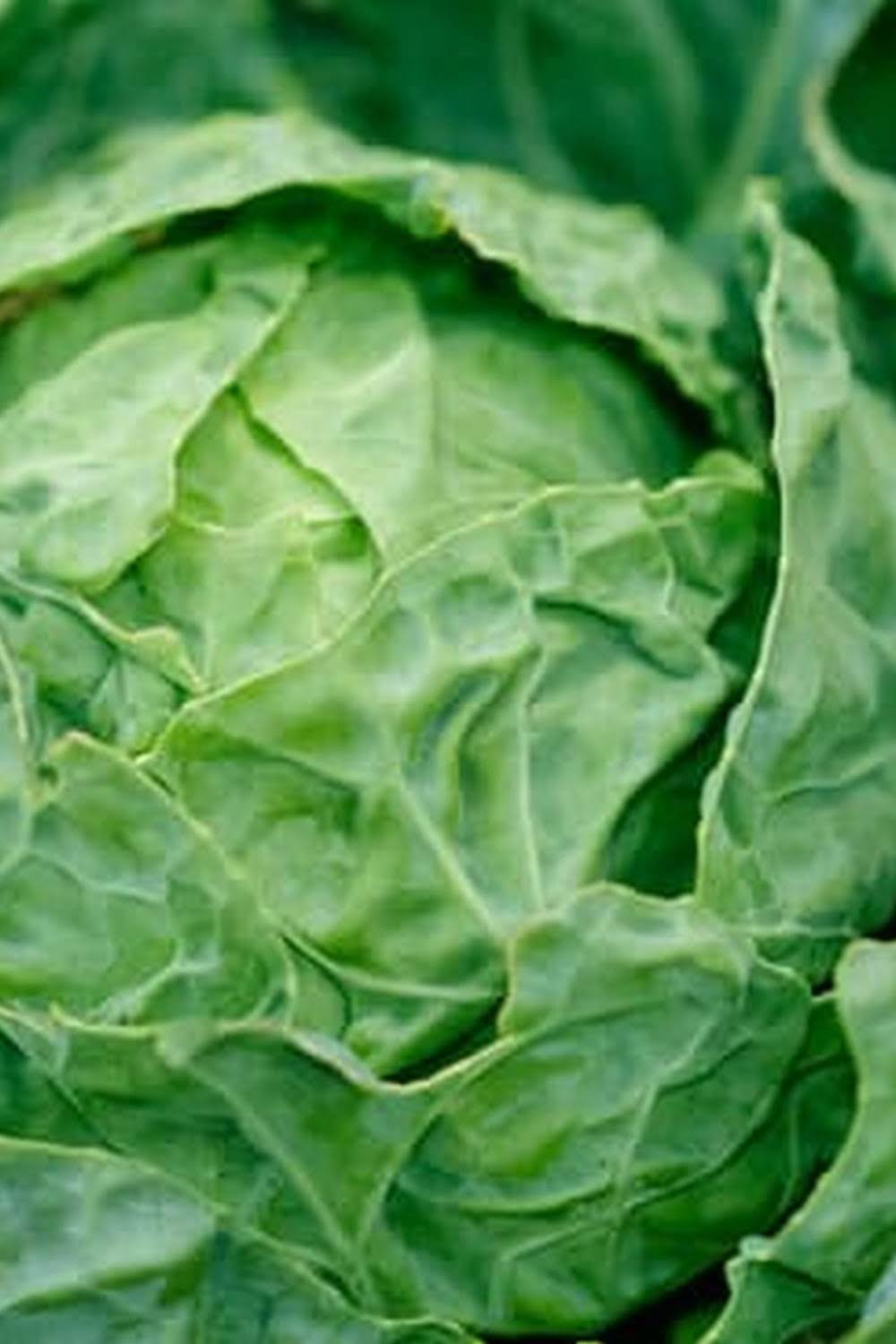Do you want to learn how to rid vegetable gardens of fungus? Fungal diseases can wreak havoc on your beloved vegetable garden, causing wilting, yellowing, and even the death of your plants. In this article, we will delve into the world of fungal diseases in vegetable gardens, identify common fungi you may encounter, and provide practical tips and techniques for prevention and maintenance.
It’s essential to understand the insidious nature of fungal diseases in vegetable gardens. From powdery mildew to blight, these pathogens can quickly spread and ravage your crops if left unchecked. By familiarizing yourself with the signs and symptoms of these diseases, you can take proactive measures to protect your plants and maintain a healthy garden environment.
Identifying common fungi in vegetable gardens is crucial for effective disease management. We will discuss the telltale signs of prevalent fungal infections such as downy mildew, rust, and damping-off. Armed with this knowledge, you can swiftly intervene and apply appropriate treatments before the situation escalates. Additionally, we will explore organic fungicides and treatments that can help eradicate fungus while minimizing harm to the environment and beneficial organisms in your garden.
Identifying Common Fungi in Vegetable Gardens
Fungal diseases in vegetable gardens can be a major headache for gardeners, but understanding the common fungi that can affect your plants is the first step in effectively managing and preventing these problems.
Here are some of the most common fungi you may encounter in your vegetable garden:
- Powdery mildew: This is a white, powdery fungus that often appears on the leaves of plants such as cucumbers, squash, and tomatoes.
- Downy mildew: This fungus usually appears as yellow or brown spots on the undersides of leaves and can affect a wide variety of vegetables including spinach, onions, and peas.
- Fusarium wilt: This soil-borne fungus can cause wilting, stunting, and yellowing of leaves in plants such as tomatoes, peppers, and eggplants.
- Verticillium wilt: Another soil-borne fungus that affects a wide range of vegetables, causing wilting and yellowing of foliage.
Now that you can identify these common fungi in your vegetable garden, it’s important to learn how to effectively rid your garden of them to ensure healthy plant growth.
Firstly, make sure to properly discard any infected plant material and keep your garden clean. Consider rotating crops to prevent the buildup of fungal spores in the soil. Additionally, practicing proper watering techniques by avoiding overhead watering will help reduce moisture levels that encourage fungal growth.
Regular monitoring and inspection for early detection is key to dealing with fungal issues before they become out of control. Once you have identified a fungal problem in your vegetable garden, there are various organic fungicides and treatments available that can help manage these issues without harming the environment or beneficial insects.
Some effective organic options include neem oil, copper-based fungicides, and sulfur-based products. These treatments will help rid your vegetable garden of harmful fungi while keeping it safe for consumption.
Prevention and Maintenance Tips for Fungal Control
Fungal diseases can wreak havoc on vegetable gardens, causing wilting, yellowing, and even the death of plants. Prevention and maintenance are key to keeping fungal issues at bay and maintaining a healthy garden. Here are some tips for controlling fungus in your vegetable garden:
- Rotate Crops: Rotate your crops each season to reduce the buildup of disease-causing organisms in the soil.
- Proper Spacing: Plant vegetables at the recommended spacing to allow for good air circulation, which can help prevent fungal growth.
- Mulch Carefully: Use mulch to suppress weeds and retain moisture, but avoid piling it too close to plant stems as this can create a moist environment that promotes fungal growth.
In addition to these preventive measures, there are some maintenance tips that can help control fungal issues in your vegetable garden.
- Pruning: Regularly prune plants to remove any diseased or dead foliage, which can harbor fungal spores and spread the disease.
- Avoid Overhead Watering: Instead of watering from overhead, use drip irrigation or soaker hoses to keep foliage dry and prevent the spread of fungal spores.
- Sanitation: Clean gardening tools regularly to prevent the spread of fungi between plants. Dispose of any infected plant material properly to avoid spreading the disease.
By following these prevention and maintenance tips, you can effectively minimize the risk of fungal diseases in your vegetable garden and enjoy a bountiful harvest.
Organic Fungicides and Treatments for Vegetable Gardens
When it comes to ridding vegetable gardens of fungus, organic fungicides and treatments can be a safe and effective solution. One common organic fungicide is neem oil, which has antifungal properties and can help prevent the spread of fungal diseases in vegetable gardens. It is important to follow the instructions on the product label when using neem oil or any other organic fungicide to ensure proper application and effectiveness.
Another natural treatment for fungal control in vegetable gardens is compost tea. Compost tea is made by steeping compost in water and then applying it to the soil and plants. The beneficial microorganisms in compost tea can help suppress fungal pathogens and promote overall plant health. Additionally, baking soda mixed with water can act as a natural fungicide when sprayed on plants to inhibit fungal growth.
One more organic treatment option for controlling fungus in vegetable gardens is garlic spray. Garlic contains sulfur compounds that have antifungal properties, making it an effective natural fungicide. To make garlic spray, simply puree garlic cloves with water, strain the mixture, and then use it to spray on affected plants. These organic fungicides and treatments offer an environmentally friendly way to combat fungal diseases in vegetable gardens while minimizing harm to beneficial organisms.
| Organic Fungicide or Treatment | Effectiveness |
|---|---|
| Neem Oil | Antifungal properties help prevent spread of fungal diseases |
| Compost Tea | Beneficial microorganisms suppress fungal pathogens and promote overall plant health |
| Baking Soda Spray | Inhibits fungal growth when applied to plants |
| Garlic Spray | Sulfur compounds have antifungal properties for effective fungus control |
Companion Planting for Fungal Resistance
Understanding the Benefits of Companion Planting
Companion planting is a gardening technique that involves growing different plants in close proximity to one another to enhance growth, health, and even provide natural pest and disease control. When it comes to fungal resistance in vegetable gardens, certain companion plants can help protect your crops from common fungal diseases. By understanding the benefits of companion planting, you can create a more resilient and fungus-resistant garden.
Best Companion Plants for Fungal Resistance
When planning your vegetable garden, consider including companion plants that are known for their ability to repel or suppress fungal diseases. For example, planting aromatic herbs like basil, thyme, or oregano near susceptible vegetables can help deter fungal infections. Additionally, marigolds are often used as companion plants due to their natural ability to suppress soil-borne pathogens. Researching the best companion plants for fungal resistance can help you strategically plan your garden layout for maximum protection.
Implementing Companion Planting Techniques
To effectively utilize companion planting for fungal resistance, it’s important to implement proper techniques when arranging your garden beds. Consider interplanting rows of different vegetables with compatible companion plants known for their anti-fungal properties. You can also create specific “companion planting zones” within your garden where certain crops are grouped together with beneficial companions nearby. By implementing these techniques, you can effectively reduce the risk of fungal diseases impacting your vegetable garden.
By incorporating companion planting into your gardening practices and selecting the right combination of plants known for their fungal resistance properties, you can create a more robust and healthier vegetable garden that is better equipped to resist common fungal diseases.
Proper Watering and Drainage Techniques to Prevent Fungal Growth
One of the most important factors in preventing fungal growth in vegetable gardens is proper watering and drainage. Fungi thrive in moist conditions, so it’s crucial to avoid overwatering and ensure good drainage in the garden.
When water sits on the leaves and soil for too long, it creates the perfect environment for fungal diseases to develop. To prevent this, it’s important to water your vegetable garden in the morning, allowing enough time for the foliage to dry before evening.
In addition to watering at the right time, it’s also important to water the base of the plants rather than overhead. Drip irrigation or soaker hoses are ideal for delivering water directly to the roots without wetting the foliage, reducing the risk of fungal infection. Furthermore, maintaining proper spacing between plants can improve air circulation and reduce moisture buildup, which helps prevent fungal diseases from taking hold.
Another key aspect of preventing fungal growth is ensuring good drainage in your vegetable garden. Poor drainage can lead to waterlogged soil, which not only promotes fungal diseases but also inhibits root growth and oxygen uptake by plants. To improve drainage, consider incorporating organic matter such as compost into the soil and creating raised beds when possible. These methods can help promote healthy root development while minimizing standing water that attracts fungi.
Ultimately, by implementing proper watering techniques and ensuring adequate drainage in your vegetable garden, you can significantly reduce the risk of fungal diseases affecting your crops. Taking these preventive measures is essential for maintaining a healthy and thriving garden free from fungus-inflicted damage.
Soil Amendments and Practices to Improve Fungal Resistance
Choose Resistant Varieties
One of the best ways to improve fungal resistance in vegetable gardens is to choose plant varieties that are naturally resistant to common fungal diseases. When planning your garden, take the time to research and select vegetable varieties that have been bred for their ability to resist fungus. This can significantly reduce the risk of fungal infections and make it easier to maintain a healthy garden.
Improve Soil Drainage
Many fungi thrive in damp, poorly-drained soil. To improve fungal resistance in your vegetable garden, focus on enhancing soil drainage. Ensure that your garden is situated in an area with good natural drainage, and consider incorporating organic matter such as compost or well-rotted manure to lighten heavy soils and promote better drainage. Avoid over-watering your plants, as excessive moisture can create the perfect environment for fungal growth.
Rotate Crops
Crop rotation is an effective practice for reducing the risk of fungal diseases in vegetable gardens. By rotating crops from year to year, you can disrupt the life cycles of fungi that are specific to certain plant species. This helps prevent a buildup of fungal pathogens in the soil and reduces the likelihood of recurring issues. Plan your garden layout carefully and rotate your crops annually to maximize fungal resistance.
By implementing these soil amendments and practices, you can significantly improve fungal resistance in your vegetable garden and enjoy healthier, more productive plants. Remember that prevention is key when it comes to managing fungal diseases, so be proactive in creating an environment that discourages fungal growth and promotes overall plant health.
Monitoring and Regular Inspections for Early Detection and Treatment of Fungal Issues
Regular monitoring and inspection of your vegetable garden are crucial in the early detection and treatment of fungal issues. By being vigilant, you can identify any signs of fungal diseases before they spread and cause widespread damage to your plants. This proactive approach can ultimately save your vegetable garden from severe harm.
One effective way to monitor your garden is by regularly inspecting the leaves, stems, and fruits of your plants for any signs of discoloration, wilting, or abnormal growth. Additionally, paying attention to any changes in the appearance or texture of the soil can also provide valuable insight into the overall health of your garden. By catching these signs early on, you can take swift action to prevent the spread of fungal diseases.
When it comes to treatment, there are various organic fungicides and treatments that can be used to combat fungal issues in vegetable gardens. These include solutions made from natural ingredients such as neem oil, baking soda, or copper fungicide.
These natural remedies are not only effective in treating fungal diseases but also safe for the environment and beneficial insects. It’s important to note that when using any treatment, always follow the instructions carefully to ensure its effectiveness and avoid any potential harm to your plants.
| Vegetable Garden | Early Detection |
|---|---|
| Regular monitoring | Vigilant inspection |
| Organic fungicides | Natural ingredients |
Conclusion
In conclusion, maintaining a healthy and fungus-free vegetable garden requires a combination of understanding, prevention, and proactive treatment. By following the tips and techniques outlined in this article, gardeners can effectively control fungal diseases and enjoy a bountiful harvest of vegetables.
It is important to remember that early detection is key to preventing the spread of fungal diseases in vegetable gardens. Regular inspections of plants for signs of infection, such as yellowing leaves or powdery mildew, can help gardeners take swift action to treat affected plants and prevent the spread of the fungus to other areas of the garden.
Additionally, implementing proper watering and drainage techniques, incorporating companion planting for fungal resistance, using organic fungicides and treatments, and improving soil health through amendments are all essential strategies for controlling fungal diseases. By being proactive and diligent in these practices, gardeners can create an environment that is less susceptible to fungal infections.
Ultimately, with the knowledge gained from understanding fungal diseases in vegetable gardens and implementing the prevention and maintenance tips provided in this article, gardeners can successfully rid their vegetable gardens of fungus and maintain a healthy growing environment for their crops. With careful attention to these practices, gardeners can enjoy a thriving vegetable garden free from the detrimental effects of fungal diseases.
Frequently Asked Questions
How Do You Remove Fungus From Vegetables?
Fungus on vegetables can be removed by carefully inspecting the affected areas and cutting off the infected parts. It’s also important to maintain good air circulation and avoid overwatering to prevent fungus growth.
Why Is There So Much Fungus in My Garden?
There may be an abundance of fungus in your garden due to factors such as high humidity, poor air circulation, or overcrowded and damp conditions. It’s crucial to address these issues to reduce fungal growth.
How Do You Get Rid of Fungus on Plants Naturally?
Removing fungus from plants naturally can be done by using homemade remedies like a mixture of baking soda and water, neem oil, or a solution of apple cider vinegar and water. These methods help control fungal infections while being gentle on plants.

If you’re looking to get into vegetable gardening, or are just looking for some tips on how to make your current garden better, then you’ve come to the right place! My name is Ethel and I have been gardening for years. In this blog, I’m going to share with you some of my best tips on how to create a successful vegetable garden.





